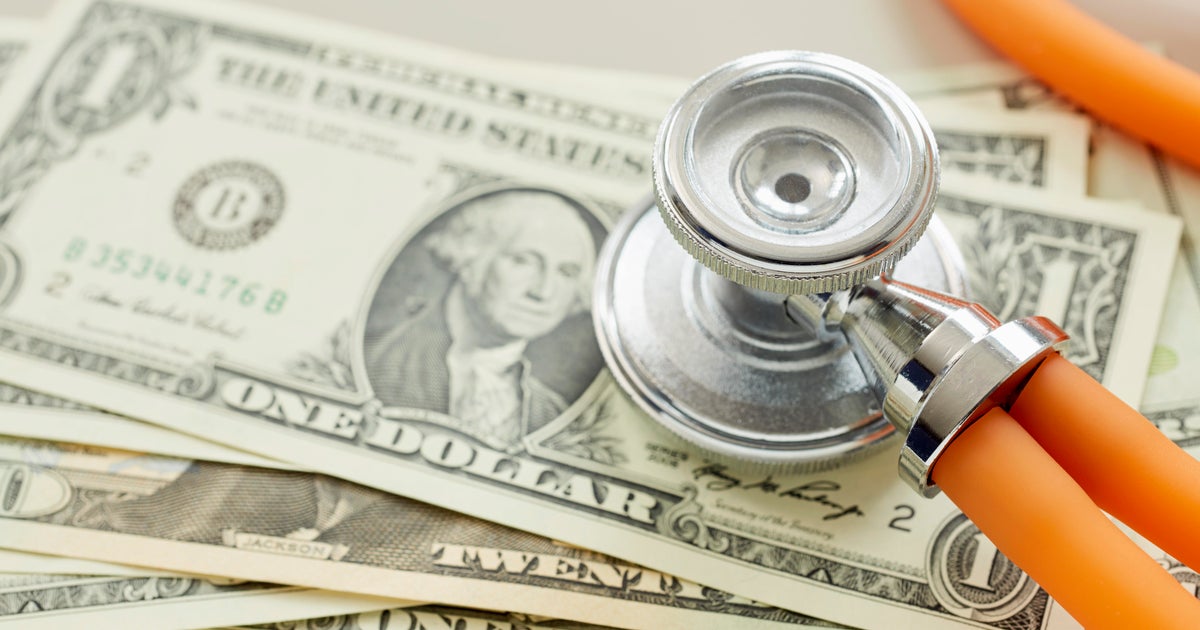Online prices fall for the first time in two years
Online shoppers are finally seeing lower prices for some goods, a sign the searing inflation that has scorched the U.S. economy may be starting to cool.
Online prices began to ease in July — the first dip in two years — falling 1% from a year ago, new data from Adobe Analytics shows. The biggest drops were for electronics, apparel and toys, while prices for jewelry, books, computers and sporting goods also declined.
"Because we're seeing prices on major online categories like electronics and apparel start to come down, we're seeing overall online inflation come down," said Adobe Digital Insights manager Vivek Pandya.
Prices for electronics including TVs, smartphones, tablets and cameras — the largest online spending category — have slid at an annual rate 9.3%, according to the Adobe Digital Price Index.
Inflation in other online categories remains red-hot. Grocery prices in July shot up by a record 13.4% from a year ago, the steepest for any category. The cost of online pet products rose 12.6%, in part because pet ownership became more popular during the pandemic, fueling demand for related products.
Why prices are receding
Softer consumer demand and robust inventory are helping power the decrease in prices on discretionary items like electronics and clothing.
"On the one hand, it's a situation where [online retailers] have amassed excess inventory because the demand level they were seeing in previous years like 2020 and 2021 has come down, so there has been a surplus across those categories," Pandya told CBS MoneyWatch.
Essentials like groceries and gas are also now consuming a bigger share of household budgets, leaving less spare income for other products.
"We're also seeing demand come down because consumers have had to deal with price increases pretty significantly across the board in 2022," Pandya added. "Retailers are seeing surpluses as consumers' budgets to spend more on discretionary items starts to get more limited."
The cost of other products like sporting goods is coming down as Americans spend more time outside their home, freeing them to exercise outdoors or at the gym.
"This is a category which when people were in lockdown, they were buying a lot of sporting goods and equipment. Today it is a discretionary category that consumers can do without if they need to for some time, or until prices decrease further, which is curbing growth," Pandya said.
Overall, online spending fell to $73.7 billion in July, from $74.1 billion the previous month, as more people returned to physical stores.
Turning the corner?
A downtick in online prices offers hope that broader measures of inflation have peaked. The Labor Department on Wednesday is scheduled to released its latest Consumer Price Index, which gauges the cost of a broad basket of goods. Inflation hit a fresh 40-year record in June, with consumer prices surging 9.1% over the last 12 months.
Airline fares and gasoline prices, which contributed to last month's high inflation reading, fell in July, notes David Kelly, chief global strategist for JPMorgan Funds.
"Falling food commodity prices, a small decline in wholesale used car prices and purchasing manager reports showing slower growth in prices paid" suggest that July's monthly inflation numbers could be the lowest in over a year, he said Monday in a research note.
Gas prices have been falling for two months, dropping from an average of $5 a gallon in early June to just above $4 today. Falling gas prices along should reduce the headline inflation rate by 1 percentage point over the coming year, Jan Hatzius, chief economist at Goldman Sachs, told investors in a report.
Hatzius also notes that the rampant supply-chain snags that led to product shortages early on in pandemic are starting to unwind, leading to improved delivery times and slower inflation for producers.
A new survey by the Federal Reserve Bank of New York suggests that Americans in July were more optimistic that inflation may be loosening its grip on the economy. "Expectations about year-ahead price increases for gas and food fell sharply," the bank said in a report.
Such expectations are critical because they can drive inflation if consumers and businesses believe that prices are likely to keep rising, which can sap spending and investment.



